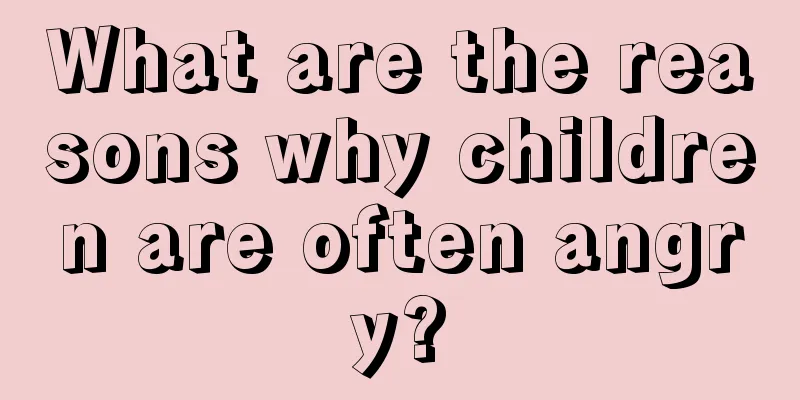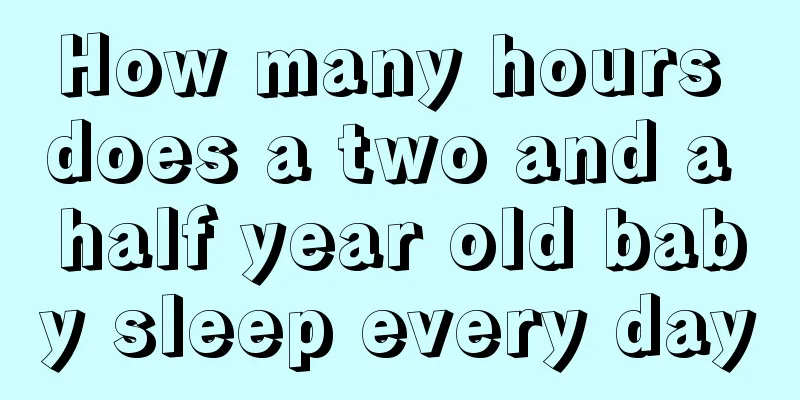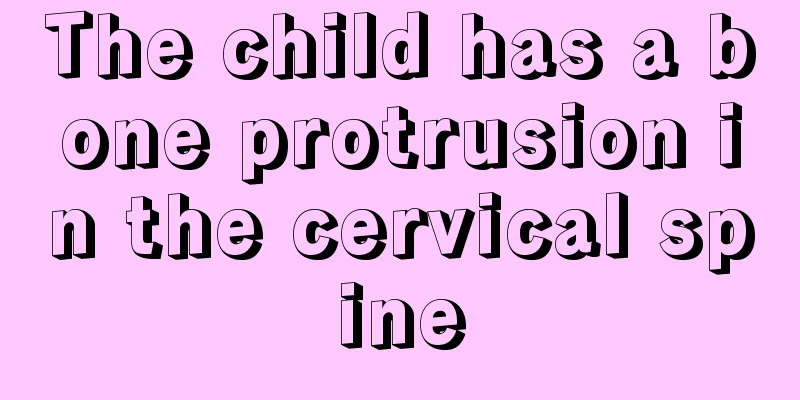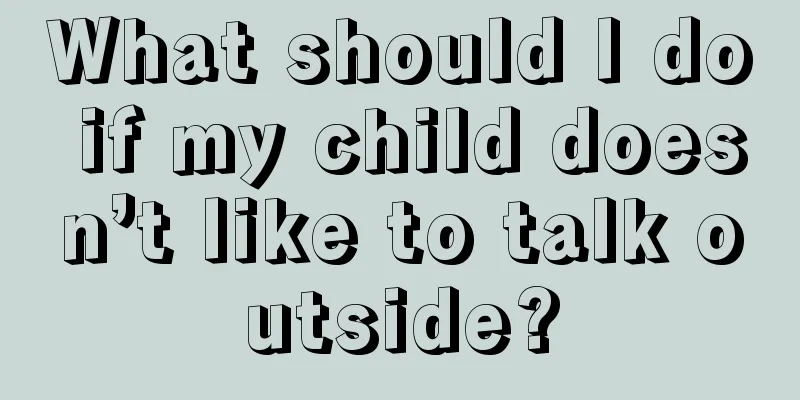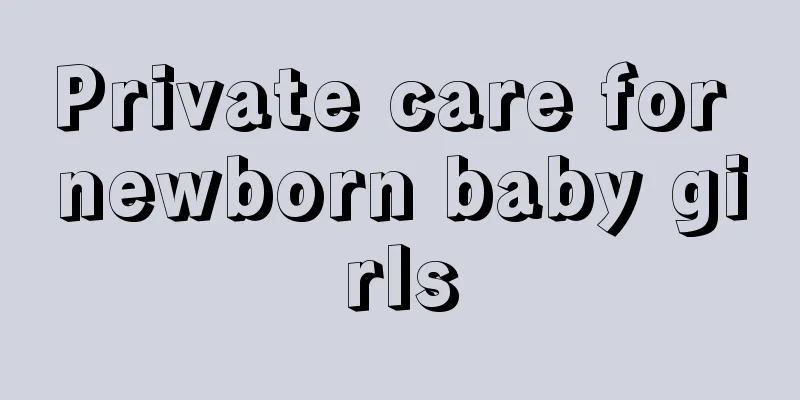What will a five month old baby do?

|
It is difficult for every baby who has just come out of the mother's belly to adapt to this changing environment. They are slowly groping and growing. Every baby's ecological condition is different. They are growing and developing every day. In a short period of time, they will slowly do a lot of things. This is an exciting thing for mothers. So what will a five-month-old baby do? 5 month old baby's development sports Sitting up: This is a big task your baby will learn this month. As his back and neck muscles gain strength and his head, neck, and torso develop balance, he begins to take the small step of sitting up. First, he needs to learn to raise his head and maintain the posture when lying on his stomach. You can let him lie on his stomach with his arms forward, and then place a bell or a conspicuous toy in front of him to attract his attention and induce him to keep his head up and look at you. This is also a good way to check his hearing and vision. At this point he can use his hands to put anything he's interested in into his mouth. You can lie on the bed and use your hands to support your whole body and help yourself into a sitting position. You can sit alone for a while, but sometimes you still need to support yourself with your hands in front of you. When picking up items, you no longer use both hands to pick them up, but use one hand. Turning over: Able to turn from supine to prone, able to actively support the upper body with forearms and lift the head. But the baby cannot turn over from prone to side or supine, so parents should still stay with the baby at all times. Safety comes first. It would be very dangerous if something around the baby's mouth and nose blocked the baby's airway. Physical Skill Development Rocking the body to the music: Babies this month will actively listen to the music and rock their bodies to the melody. Although they cannot completely match the melody, they already have a sense of rhythm. Want to touch everything you see: After 4 months, the baby's ability to coordinate vision and touch develops. When we see something, we will consciously touch it and explore the outside world through touch. Mothers should not miss this opportunity. Try to let the baby touch anything he sees or touches to establish the connection and coordination between vision and touch. Eye-hand coordination is more coordinated: This month, the baby's hand-eye movements are more coordinated. He can reach for toys and make small rattles ring. If the baby puts the toy in his mouth and chews it, the mother should not stop him. Hands-on ability is further enhanced: The baby's ability to use hands is further enhanced, and you can train the baby to take the bottle to drink water or milk by himself. Reach out your hands and let your mother hug you: This makes your mother very happy. Dad may also want to give it a try, pretending to hold the baby and observe whether the baby will stretch out his hands to dad and let dad hold him. Language development After 4 months, babies enter the continuous syllable stage. Mothers can clearly feel that their babies are making more sounds, especially when they are happy. They can make sounds such as ba-ba, da-da, mou-mou, etc., but they do not have any specific direction and are just talking to themselves and babbling. If the baby accidentally utters the syllable "Mom", you should kiss the baby immediately and praise him/her, "The baby can call Mom, Mom is so happy." Although the baby has not yet realized that the sound he makes is calling for his mother, as the mother continues to reinforce the word "Mom" and keeps saying to the baby "Mom is going to feed you", "Mom is going to give you a bath", etc., the baby will associate the sound "Mom" with the person of Mom and will consciously call for Mom. This takes a long time, but it's how babies learn language. Visual development Now they can tell the difference between red, blue and yellow. Don't be surprised if your child prefers red or blue; these seem to be the favorite colors for children of this age. At this point, your child's visual range can reach several meters and will continue to expand. His eyes can move up, down, left and right to pay attention to small things, such as snacks on the table; when he sees his mother, his eyes will follow his mother's figure. Cognitive status Now, as your child's memory and attention span strengthen, you'll notice signs that he's not only taking in the information, but also applying it to his daily life. At this stage he can understand an important concept - cause and effect. He may feel his crib rock when he kicks the mattress, or learn that a bell makes a sound when he hits or shakes it. Once he knows he's got these interesting things, he'll move on to other things and see what results emerge. He is very interested in adults' faces. When you hold him in your arms, he will poke your eyes with his fingers and grab your glasses. When his name is called, he can turn his head and look in the direction of the voice. This month, babies begin to pay attention to themselves in the mirror. The mother can point to the mirror and say "This is the baby" (she can say the baby's name), and then say "The one holding the baby is the mother, and the one standing behind is the father." Emotional and social development A 4-month-old baby will be happy when he hears the voice of his mother or a familiar person talking. He will not only smile but sometimes laugh out loud. At this time, the baby is a happy and lovable little person. The smile is now visible at all times, and, unless your baby is sick or unwell, a cheerful smile displayed for long periods of time every day will brighten your life and his life. This period is the time to consolidate the close relationship between baby and parents. The baby will roll over, and the chances of accidents increase. The most common one is the baby falling off the bed. Do not place dangerous objects around your baby, such as scissors, irons, thermoses, fruit knives and other hard objects. Babies will put things in their mouths, so don't place small objects that can be swallowed near your baby, and don't place plastic sheets near your baby. Plastic sheets can suffocate babies and are very dangerous. Parents should always remember that safety comes first and always think about possible dangers. Only in this way can they avoid accidents. |
<<: What to do if your five-month-old baby has allergies
>>: Can a five-month-old baby eat rice cereal?
Recommend
Why do newborns wake up easily when sleeping?
There will be many strange behaviors in babies af...
What are the symptoms of an unhealthy spleen and stomach in babies?
The spleen and stomach functions of infants are u...
Can children take vitamin E?
Vitamin E is a common vitamin. This vitamin can n...
What to do if a little girl is infected with mold
Vaginal candidiasis is usually a disease that adu...
What should I do if my baby has a cold and high fever that won’t go away?
Colds and fevers are common symptoms in infants a...
15-year-old girl suffers from dizziness, chest tightness and foaming at the mouth
When girls are in adolescence, it is a particular...
There are small white spots on the back of the baby's hand
It is very common for babies to have small white ...
What to do if your child keeps coughing at night
Generally speaking, children have poor resistance...
The best age and treatment methods for girls to grow taller
For girls, having a tall figure will make them mo...
What to do if your newborn baby spits bubbles
The bodies of newborns are relatively fragile. Af...
What causes prickly heat in children?
Children are very prone to prickly heat, especial...
Causes of bleeding gums in babies
After the baby is born, the joy of becoming a new...
What is the best way to treat mycoplasma infection in children?
As air pollution worsens, more and more people ar...
How to plan your child’s summer schedule?
Children must have a more regular schedule under ...
What to do if your baby's teeth are not straight
What should I do if my baby’s teeth are uneven? I...


